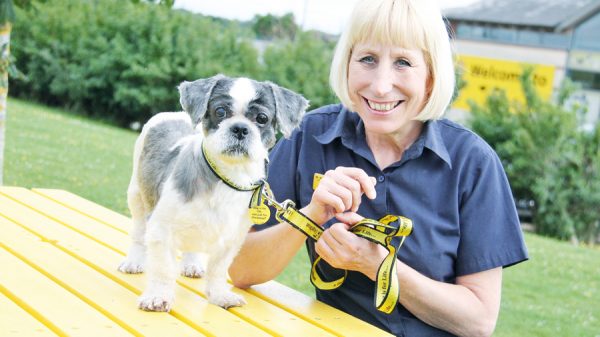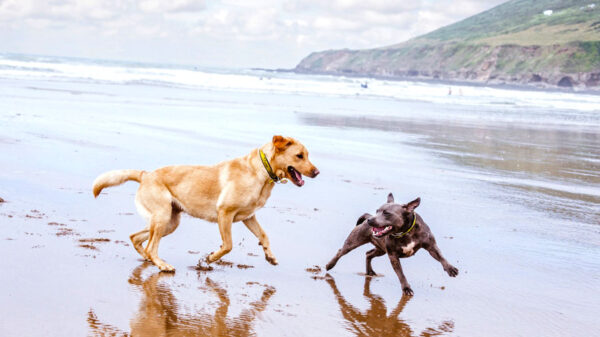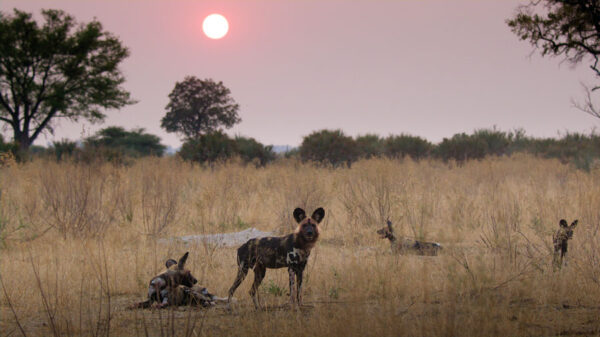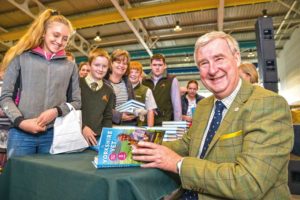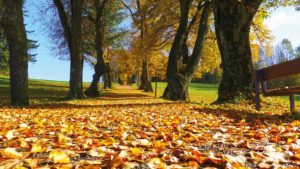−−− BY LINDA JENKINSON −−−
The leaves are changing colour, there’s a nip in the air and the geese are back in town. Yes, it’s autumn and time to welcome back the wonderful winter flocks of pink-footed geese. Perhaps you’ve already seen long strings of migrating flocks flying high overhead, calling loudly. Pinkies (as they are known to birdwatchers) are travelling from eastern Greenland and Iceland to spend the winter in UK. Eventually there will be around 350,000 of them spread around Scotland, Lancashire and East Anglia having travelled about 1,100 miles. Some will refuel in Leeds but most of the ones that we see are on their way to The Wash where they roost at night and feed in nearby sugar beet fields by day.
In addition to pink-footed geese, the UK is also host to thousands of other geese. Here are the species that can be seen and the estimated numbers that are due to arrive.
●
133,000 brent geese from Arctic Siberia, north-east Canada, Svalbard, Franz Joseph Land and north-east Greenland
●
99,000 barnacle geese from north-east Greenland and Svalbard,
●
95,000 greylag geese from Iceland
●
27,000 white-fronted geese from Greenland and Arctic Russia and
●
500 of our rarest visiting goose, the been goose from Arctic Russia and Scandinavia.
Some of these geese travel a staggering 2,800 miles to get to us and as they breed across the Arctic and sub-Arctic region in isolated areas, it is possible to see races that differ morphologically. This gives more experienced birdwatchers an identification challenge and takes goose watching to another level. For instance, we have Greenland white-fronted geese with orange beak and orange legs, and European white-fronted geese (from Arctic Russia) with pink beak and orange legs. Beak size and shape is very important when separating this species from the larger greylag goose.
As autumn progresses, and the weather cools in continental Europe, numbers of many of our winter visitors increase to flock proportions in the UK. The Arctic is already frozen and it won’t be long before birds are fleeing from the freeze in Scandinavia and heading across the North Sea.
Arriving on our east coast at the moment are thousands of redwing, fieldfare, migratory blackbird, mistle thrush, starling, woodpigeon, chaffinch, robin, brambling and goldcrest (to name a few).
If you’re in the right place at the right time you may also be lucky enough to see a short-eared or long-eared owl coming in off the sea to spend the winter here. This is one of the most fantastic things to see in my opinion. The way an owl looks at you as it makes land is a humbling experience. I hope you get the opportunity to see it one day.
The most frequently asked questions I hear each autumn are whether it will be a waxwing winter this year and where to go to see a starling murmuration. I should know the answer to those questions by mid-November as migration progresses. Dust off your hat, scarf and gloves and enjoy some autumn delights.
Linda Jenkinson teaches people about birds in and around Leeds. For details of classes email linda@startbirding.co.uk or call
07778 768719. Visit www.startbirding.co.uk or Start Birding on Facebook and Twitter


